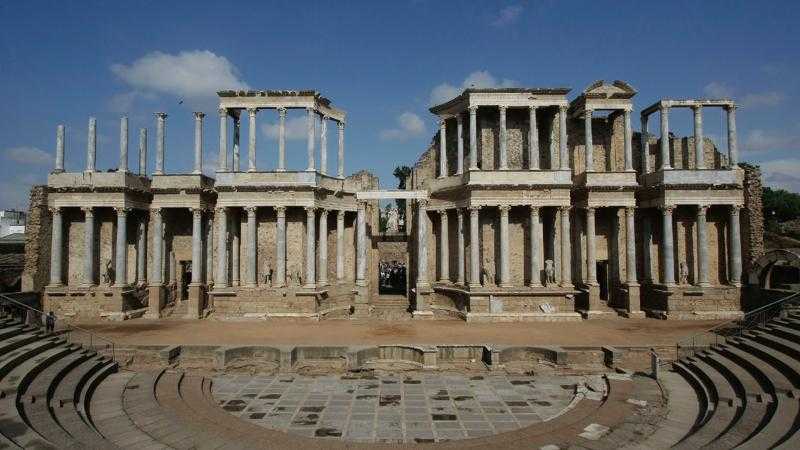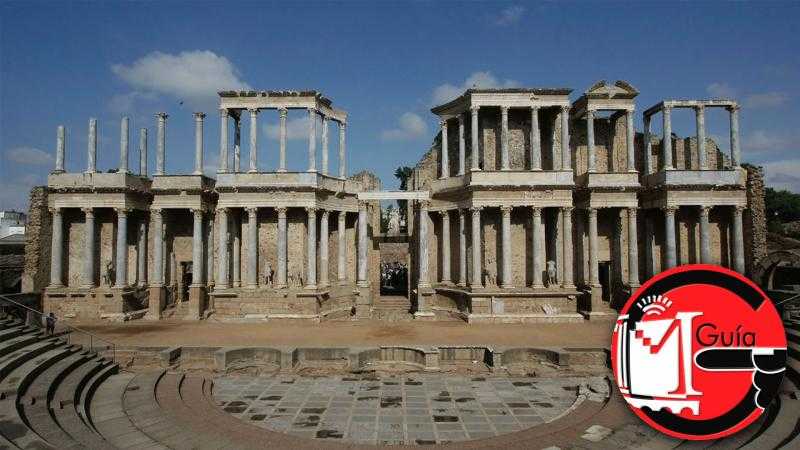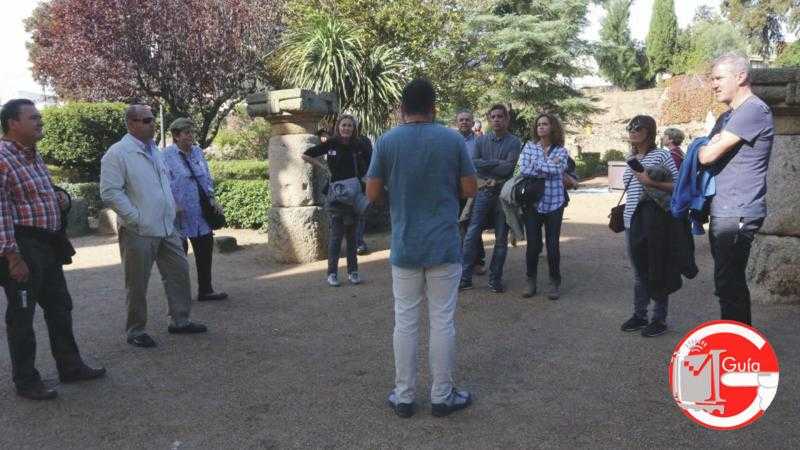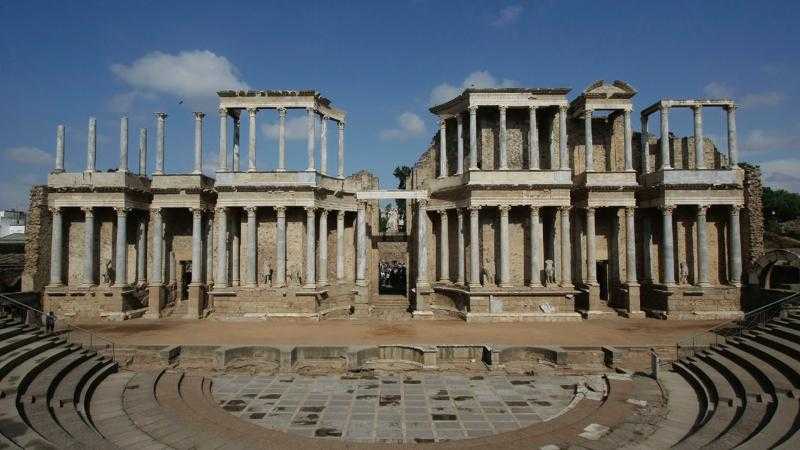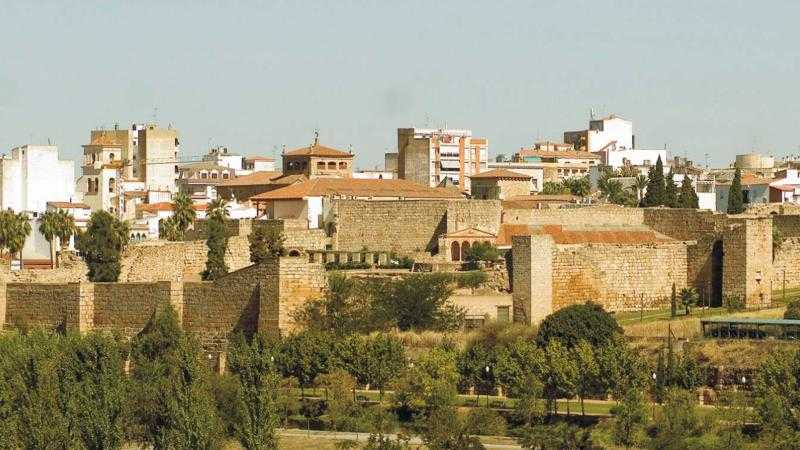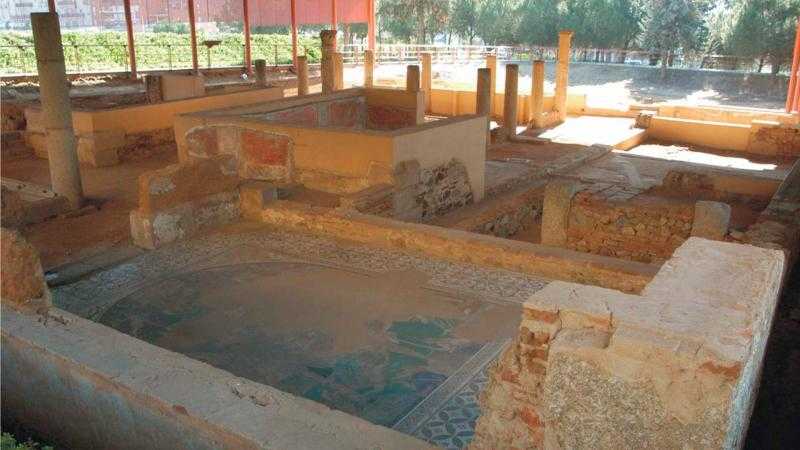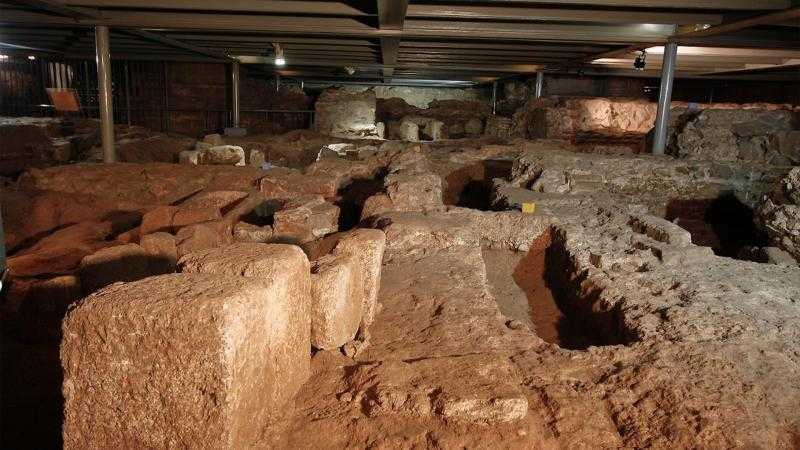culture
Place: Teatro - Anfiteatro de Mérida, Badajoz
Theatre-Amphitheater with guide in Spanish
Visite el recinto monumental más representativo de Mérida
Roman Theatre
The Roman Theatre is the most representative element of the Monumental Ensemble of Mérida. It was inaugurated between 16-15 B.C. and the consul Marcus Agrippa was the promoter of its construction.
For centuries it remained buried, remaining visible only the top of the bleachers that made up seven large blocks popularly known as the Seven Chairs.
The bleachers –cavea-, with a capacity for 6,000 spectators, was built, in part, using the slope of the hill of San Albín. It is divided into three sectors ima, media and summa cavea. The orchestra -in which the chorus was placed- is surrounded by three tiers of honor reserved for the authorities.
The most spectacular theater area is the front of the scene, with two marble columns. Among them, a number of sculptures completed the decoration: Ceres, Pluto, Proserpina and statues, some with togas and some with breastplates, which have been interpreted as imperial portraits.
At the background, aligned with the central door of the scene, we find a small room, dedicated as is clear from the findings made there, among others the veiled head of Augustus, to the imperial cult.
Roman Anfitheater
It was opened in the year 8 B.C. Gladiatorial games and fights between animals or between men and animals -venationes- were held here. The bleachers, divided into three sectors, ima, media and summa cavea were built, in part, on the same hill as the theater. At the end of the minor axis of the building two stands were built. The one at the West would be reserved to the authorities and the one at the East to the person who financed the show.
The arena, with elliptical shape, was the area where the show would take place. In its center a large pit, on which numerous opinions have been poured, was dug. It is thought it was probably covered with parquet and served to store inside the cages of wild beasts and scenic material.
Two long galleries allowed access to the stands and the entry of the gladiators to the arena. On both sides rooms can be found, possibly for use of the gladiators, although some researchers consider them reserved for wild animals and even one of them could have been a place of worship dedicated to Nemesis, protector goddess of the gladiators.
culture
Place: Circo Romano de Mérida, Badajoz
Visit to the Roman Circus
Visit the best preserved Roman circus in the Iberian Peninsula
The circusis the largest of the buildings for public spectacles that the Romans built inMérida and one of the most important of the Empire.
It shouldhave been built in the early years of the 1st century AC, shortlyafter the founding of Mérida.
The bleachers,with capacity for some 30,000 spectators, adopted the Classic division in “Cáveas”.
The sandor area where the competitions were carried out, of ample dimensions, occupiesan extension of 30,000 square meters. In its centre and dividing it into two parts,the “Spina” is located where the richest decoration of the circus wasconcentrated, consisting of sculptures and obelisks of which only thefoundations are left.
In the centre of one of its minor sides -west- was the Porta pompe -door of the parades- by which the processionentered, before the competitions, composed by musicians, charioteersparticipants, priests, religious images, etc. On both sides of this door aredistributed the “cárceres” or garages that were used for the participatingchariots to take their position before going to the arena.culture
Place: Alcazaba de Mérida, Badajoz
Visit to the Alcazaba
Visit the oldest Muslim fortification in the Iberian Peninsula
From theAndalusian period you can enjoy the imposing Moorish Alcazaba, the oldestMuslim fortification of the Iberian Peninsula. According to an inscription thatwas installed on its main door, the Alcazaba was inaugurated in the year 835and, at the beginning, it served to protect the Moslem rulers and subjects ofthe revolts of the population in Merida, besides to dominate the passage of thebridge on the Guadiana River.
The perimeter, almost square, of the fortification measures about 550metres. Townhouses along the wall, which serve as buttresses, are distributed25 quadrangular-based towers, some of Christian origin. The main access to theAlcazaba and the one that communicated with the interior of the city wereprotected by a small pillbox or barbican that was built in the place thatoccupied one of the main gates of the Roman city. Of the different dependenciesthat existed inside the enclosure, the cistern is preserved. This building isaccessed by two confronted doors that allow the passage to a distributor. Twostaircases allow the ascent and descent to the cistern that is supplied withseepage of the water table of the Guadiana River. Above the distributor therewas a small mosque and above it a watchtower. In the enclosure of the Alcazabathere are abundant archaeological and architectural testimonies of thedifferent cultural stages that the city has lived: dike of water containment ofthe river, base of the gate of the bridge, wall, streets and houses of theRoman period, Pilasters belonging to a large Visigoth building, a cistern fromthe Andalusian period, Convent of the Order of Santiago, neo-gothic portico,etc.culture
Place: Casa del Mitreo - Columbarios de Mérida, Badajoz
Visit to the House of Mitreo and Columbas
Visit the remains of a large Roman house and the nearby mausoleums of the same time
culture
Place: Templo de Diana

